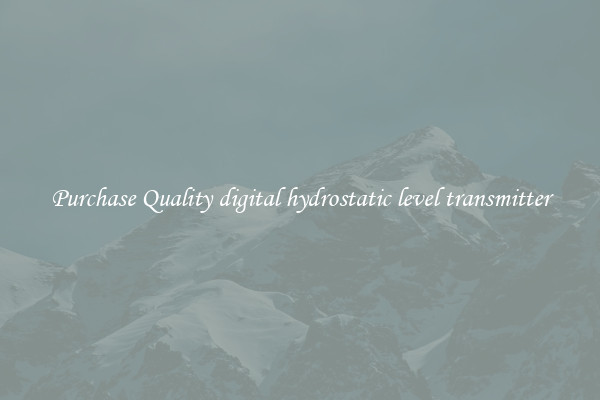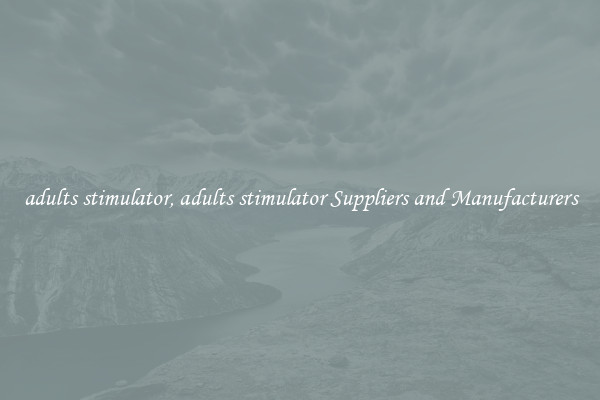Purchase Quality digital hydrostatic level transmitter
Hydrostatic level transmitters are essential devices used in various industries to measure and monitor liquid levels. They work based on the hydrostatic principle, where the pressure exerted by a liquid column is directly proportional to its height. Digital hydrostatic level transmitters have become increasingly popular due to their accuracy, reliability, and ease of use.

When choosing a digital hydrostatic level transmitter, it is crucial to prioritize quality to ensure accurate and consistent measurements. Poor-quality transmitters can lead to inaccurate readings, which can have serious implications on the operation and safety of a system. Here are some factors to consider when purchasing a quality digital hydrostatic level transmitter:
1. Material and construction: High-quality digital hydrostatic level transmitters are typically made of stainless steel or other corrosion-resistant materials. This ensures durability and longevity, especially in harsh environments where the transmitter may be exposed to chemicals or extreme temperatures.
2. Accuracy and resolution: The accuracy and resolution of a digital hydrostatic level transmitter are crucial for obtaining precise measurements. Look for transmitters that offer high accuracy levels, typically within ±0.1% of the full scale. Additionally, a transmitter with higher resolution will provide more detailed and accurate readings.
3. Pressure range: Consider the pressure range of the digital hydrostatic level transmitter to ensure it can handle the maximum pressure of the system. It is important to choose a transmitter with a pressure range that matches the operating conditions of the application to avoid damage or malfunction.
4. Output options: Digital hydrostatic level transmitters are available with various output options, including analog signals (4-20mA or 0-10V) or digital communication protocols (Modbus, HART, etc.). Choose a transmitter with the appropriate output option for seamless integration with your control system.
5. Temperature compensation: Temperature fluctuations can affect the accuracy of a hydrostatic level transmitter. Look for transmitters equipped with temperature compensation features to ensure stable and reliable measurements in varying temperature conditions.
In conclusion, investing in a quality digital hydrostatic level transmitter is essential for accurate and reliable liquid level measurements. Consider factors such as material construction, accuracy, pressure range, output options, and temperature compensation when selecting a transmitter for your application. By prioritizing quality, you can ensure optimal performance and efficiency in your system.

View details

View details

View details

View details








